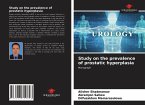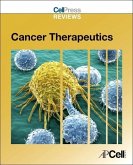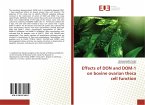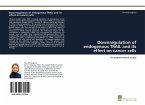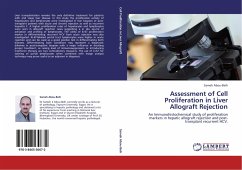In Africa, it is estimated that trypanosomiasis
occurs in more than 37 Sub-Saharan countries covering
more than a third of Africa s total area. The
infection threatens an estimated 60 million people
and about 50 million cattle. According to the World
Health Organization (WHO, 2002), estimation about
500,000 new cases of human infection and 3 million
deaths in cattle occur every year. The economic
losses in cattle production alone are estimated to be
about 1.2 billion U.S dollars a year. If this figure
were extrapolated to the whole tsetse infested land,
the total losses in terms of agricultural Gross
Domestic Product, would amount to $ 4.75 billion
dollars per year (WHO, 2002). As of now, there is no
efficient and safe enough drug to be used as the
first-line drug to fight trypanosomiasis (Jarvinen
and Dalmasso, 1977; Fong et al., 1984; Odeika et al.,
1994; Obexer et al., 1995; Gubler, 1998; Klingbeil
and Englund, 2004). The urgent need for more
selective and less toxic antitrypanosomiasis drug has
stimulated this study of acriflavine as a possible
antitrypanosomial drug.
occurs in more than 37 Sub-Saharan countries covering
more than a third of Africa s total area. The
infection threatens an estimated 60 million people
and about 50 million cattle. According to the World
Health Organization (WHO, 2002), estimation about
500,000 new cases of human infection and 3 million
deaths in cattle occur every year. The economic
losses in cattle production alone are estimated to be
about 1.2 billion U.S dollars a year. If this figure
were extrapolated to the whole tsetse infested land,
the total losses in terms of agricultural Gross
Domestic Product, would amount to $ 4.75 billion
dollars per year (WHO, 2002). As of now, there is no
efficient and safe enough drug to be used as the
first-line drug to fight trypanosomiasis (Jarvinen
and Dalmasso, 1977; Fong et al., 1984; Odeika et al.,
1994; Obexer et al., 1995; Gubler, 1998; Klingbeil
and Englund, 2004). The urgent need for more
selective and less toxic antitrypanosomiasis drug has
stimulated this study of acriflavine as a possible
antitrypanosomial drug.


